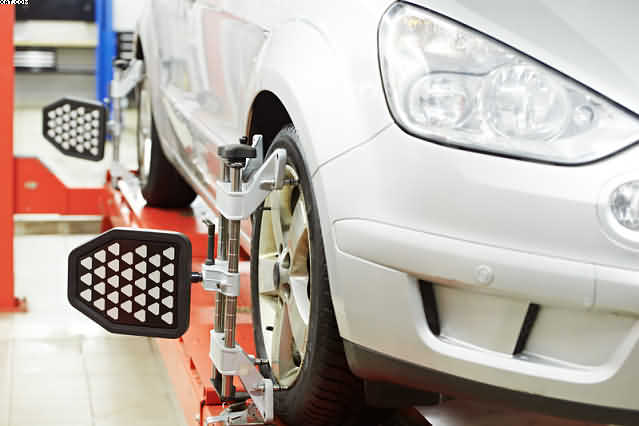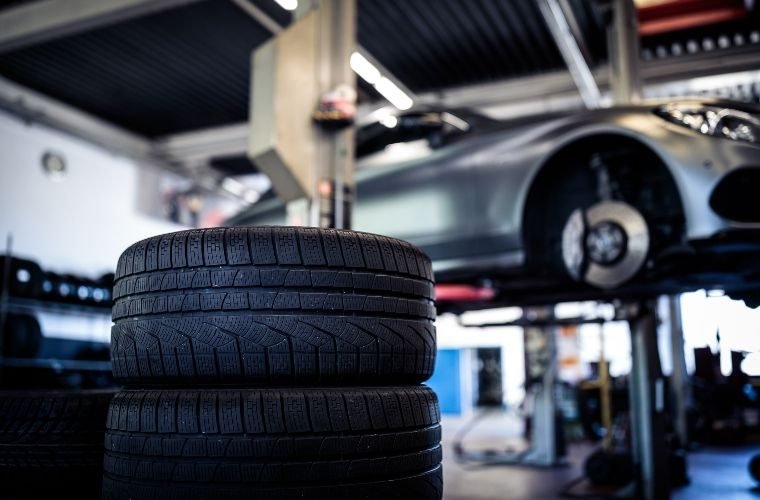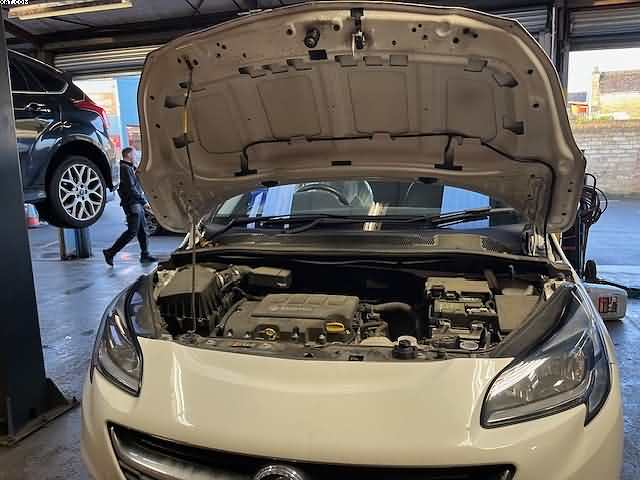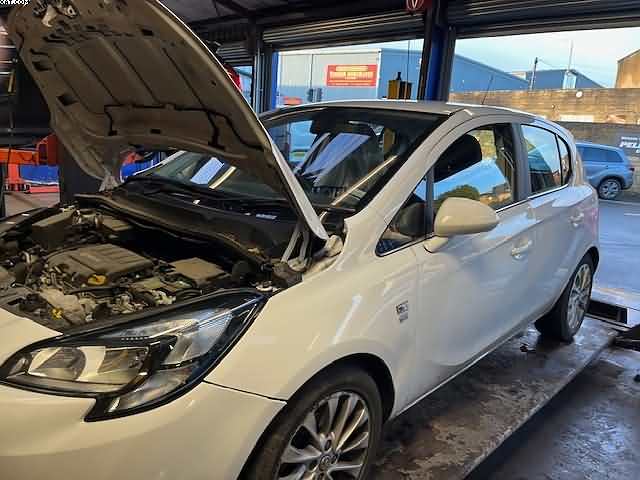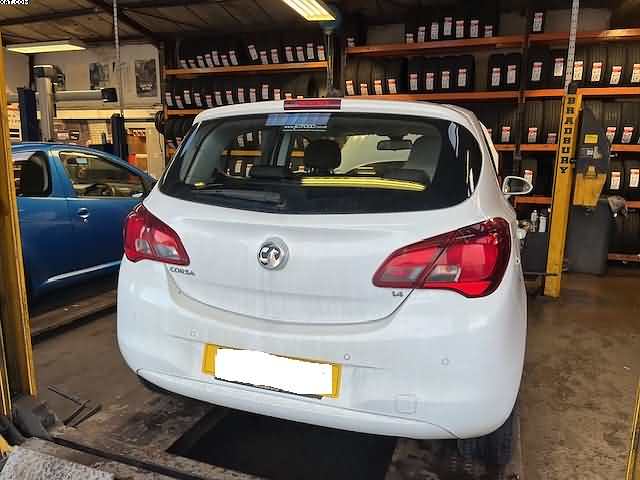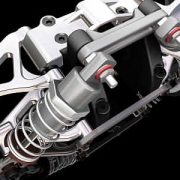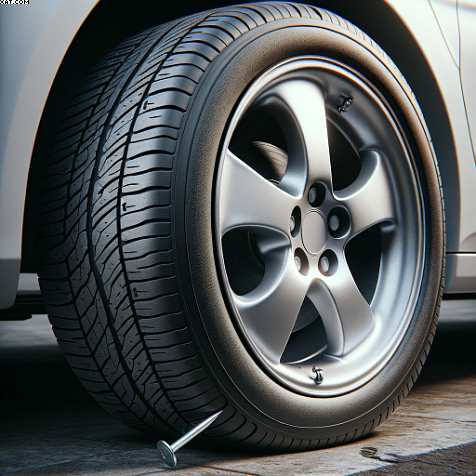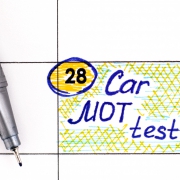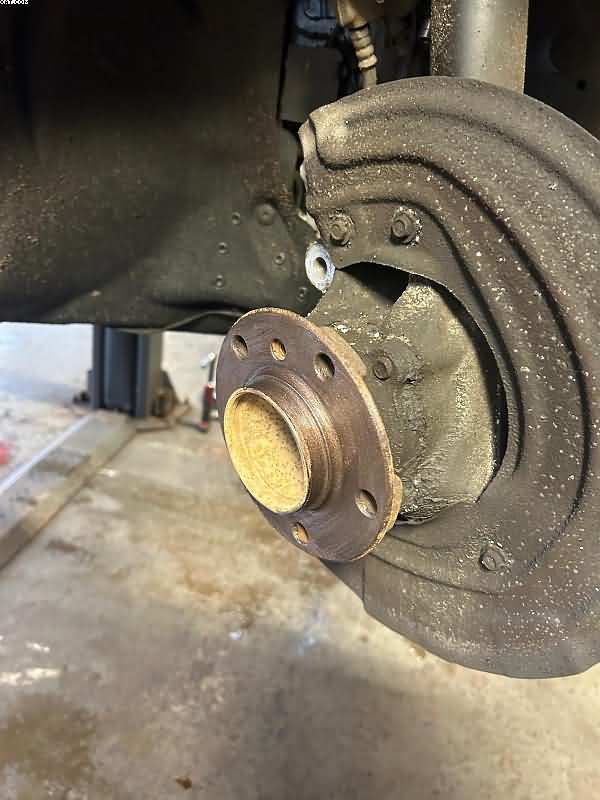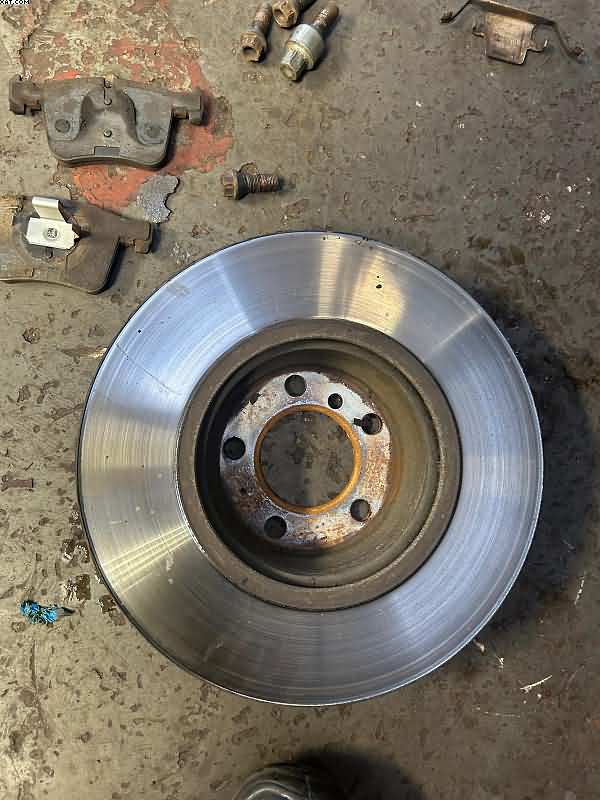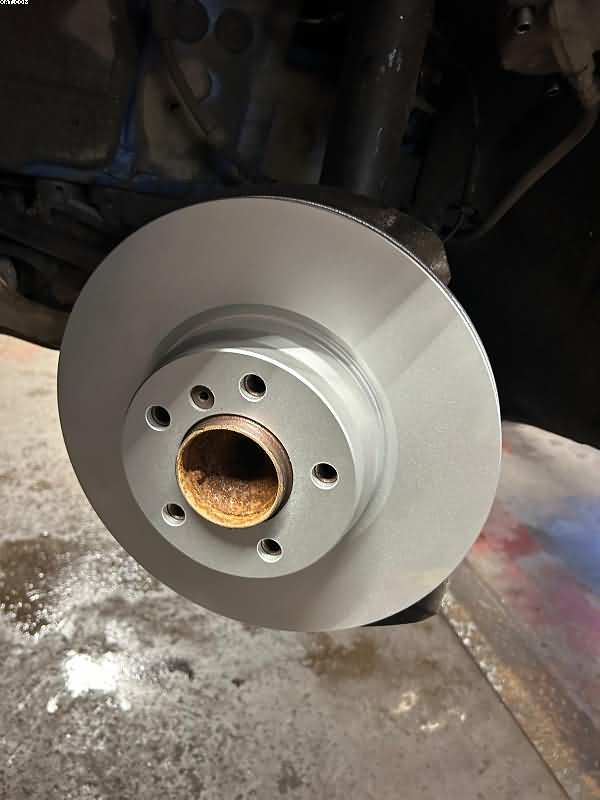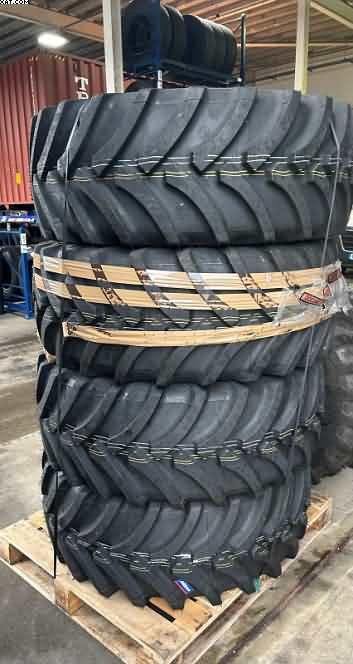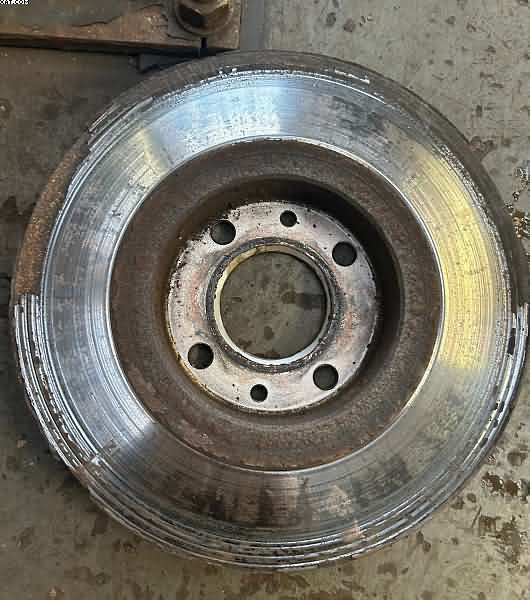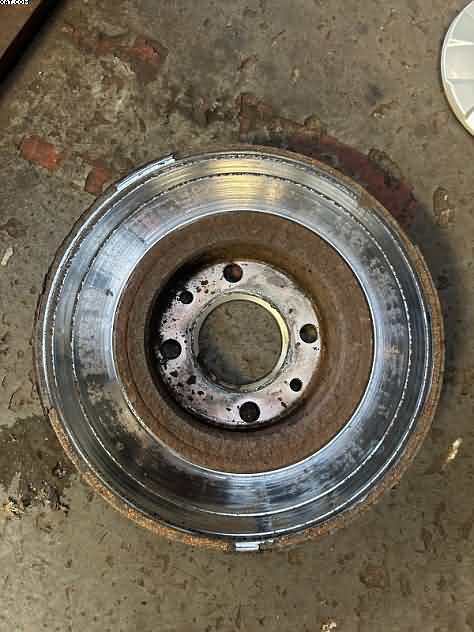Hybrid Car Ownership
Table of Contents
Hybrid Car Ownership
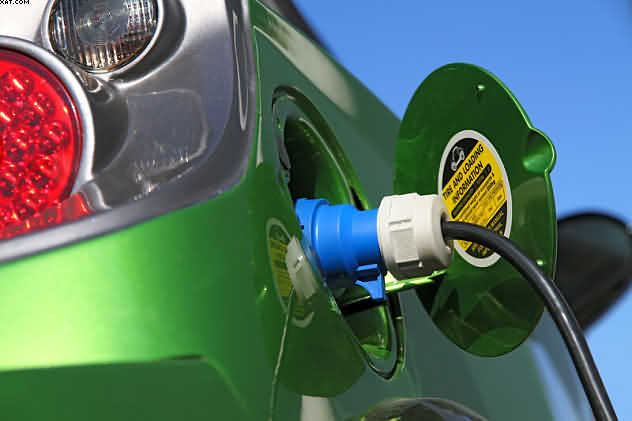
Hybrid Car Ownership
I am the owner of a small independent garage in Halifax, UK. Then I am determined not to be left behind . Hence, in the new technology car race,. For this reason, we are going to participate in as much learning about “hybrid “cars” as I think will dominate the future car market. After all, it is not rocket science, and all we have to do is search the internet to find out more information about this type of vehicle.
There is no doubt that “hybrid cars” are wonderful for the environment.
Of course, they can get 55–60 miles per gallon in city driving. In my opinion, Hybrid cars are much better than electric cars. There is no need to recharge them. Another disadvantage of pure electric cars. Hence, this is a limited journey. Electric cars can only do a certain amount of travel before they require recharging at a charging station.
As a business owner who collects and delivers, I would find this unacceptable? Not knowing if your van would return or not during a days work would be out of the question? Of course, at the moment, all we have to do is make sure that we have sufficient petrol or diesel. So to complete our journey,. At the moment, this would not be possible in an electric car called an “EV”.
Hybrid Car Ownership: Gas engines turns to electric power
Of course, hybrids would be a better replacement and probably save half the cost of standard fuel. because the hybrid would use the battery at any time. Especially in city driving, where low speeds are the norm,. In city driving, the gasoline side of the engine is shut down. So the hybrid cars would run on an electric motor. As a result, the battery powers it.When the batteries need to be charged again, the gasoline engine will start again.
Another advantage is that the battery is also charged when the cars brakes are applied. This is known as “regenerative braking” Because of the lower amount of power needed when braking for an extended period of time, when the hybrid car brakes, it usually returns to the electric motor side.
Hybrids and all-electric vehicles create their own power for battery recharging. Thus, through this process known as regenerative braking,. As a result, I have explained what regenerative braking is and how the process works in general terms. Of course, I think that it is a complicated area to get into?
Hybrid Car Ownership: Staff education required
I can understand that in hybrid or all-electric vehicle. So, the word “regenerative” refers to regenerative braking. Of course, means capturing the vehicle’s momentum (kinetic energy) and turning it into electricity. In turn, this recharges the car’s on-board battery as the vehicle slows down and/or stops when braking occurs.
All clever stuff? Hybrid Car Ownership
but it’s all these things that we have to re-train in. For this reason, we will looking into the future and I will be sending my staff to as many courses as may be required. Subsequently, we will not fall behind. I am afraid that many smaller garages may fall behind and eventually have to close.
Subsequently, we will not stop or prevent this massive drive towards greener vehicles. As a result, I have decided to grasp the opportunity and, as a team, learn as much as we can about this new technology. So as not to fall behind.
2024 Hybrid Car update. Hybrid Car Ownership
Just a thought of mine to update things the way I see it. Certainly, in my opinion, the EV market has slowed down. The winner seems to be the hybrid car market. I still feel that people are not convinced about the truth about the electric car, which is perhaps not as green as we were first told. Including logistical objects, such as how many people would not be able to plug an electric car in on their particular property. Especially in older structures such as the UK Victorian streets.



